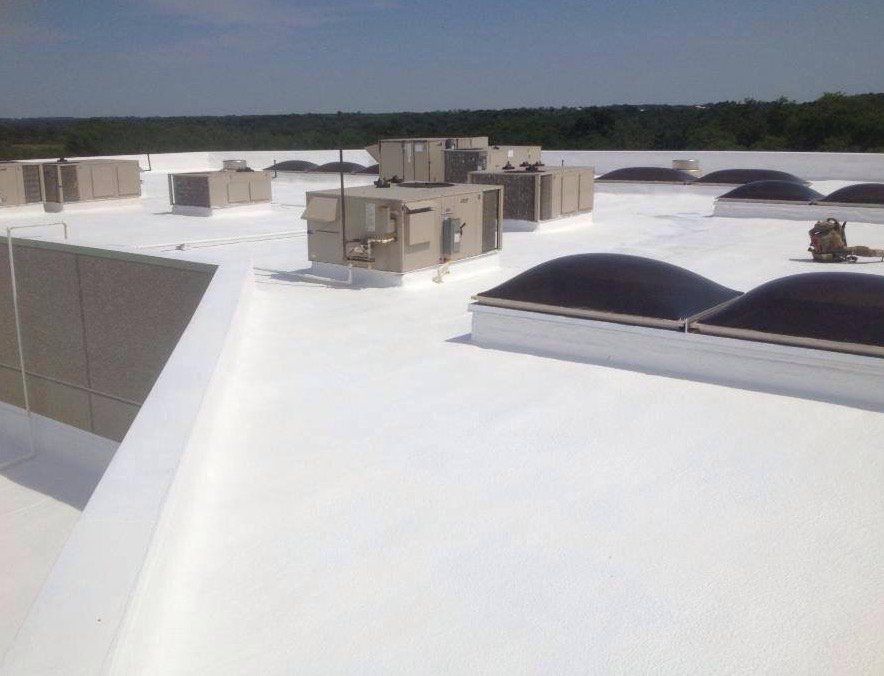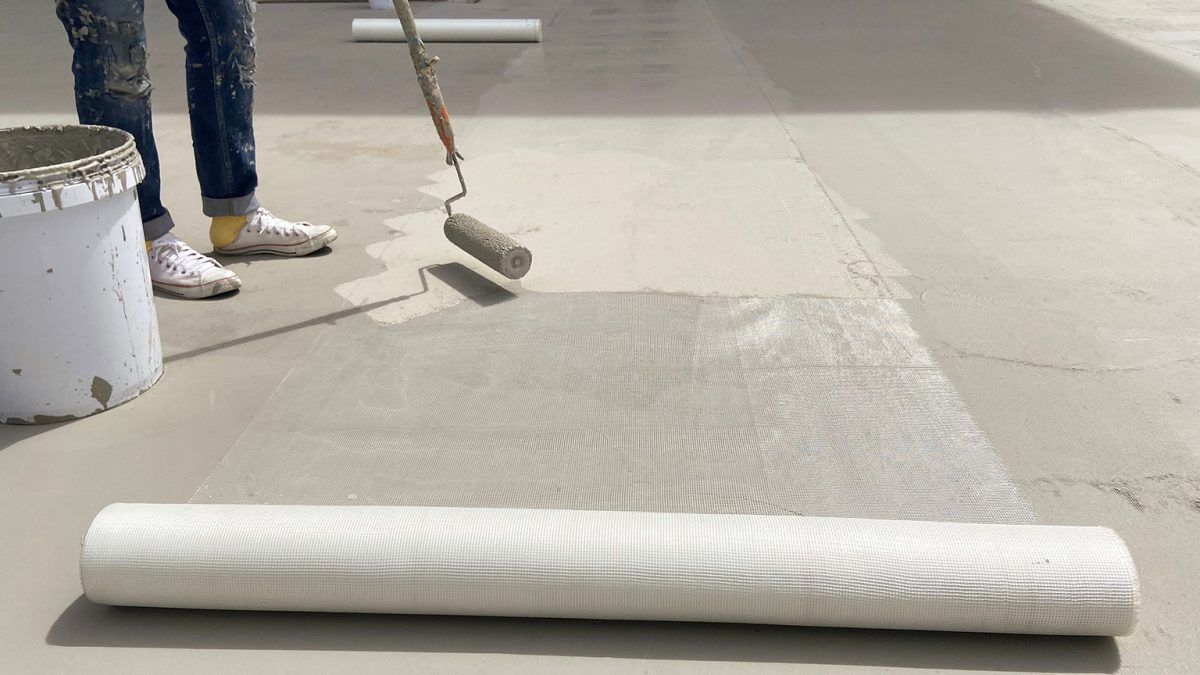Types Of Commercial Roofing Materials
As one of the most vital features of your building, a roof provides support and sustenance to the entire structure. Maintenance and installation of a robust roofing system are crucial to having a leak-proof, safe and appealing building. Deciding on a roofing system for your commercial or industrial property can be overwhelming. There are various materials available in the marketplace. Each has its benefits and drawbacks. When choosing a roofing system, consider a few crucial deciding factors, such as the weather conditions of your region and what type of roof is suitable for it. The roof durability, energy efficiency, lifespan, maintenance, and budget, are other essential points to consider. Here we explain the five most common commercial roof types to help you make an informed decision.

Types of commercial roofing material
Like the residential roofing system, there are many choices for commercial roofs. Some of the most commonly used roofing materials include:
Metal Roofing
One of the oldest commercial roofing systems, metal roofs come in a range of materials from corrugated galvanized steel to aluminum, tin, copper, and stainless steel. Metal roofs usually have a longer lifespan of 40 to 50 years. They are light in weight and can be installed on top of your existing roof. Metal roofs are highly appealing and can be coated with surface protection layers to safeguard the material against rust, prolonged exposure to sunlight, moisture, water, and other environmental factors. Varied material and color choices, stability against extreme weather, high energy efficiency, and fire resistance make metal roofs promising for commercial buildings.
Spray Polyurethane Foam (SPF) Roofing
SPF is gaining popularity as an eco-friendly roofing system for industrial and commercial facilities. Spray Polyurethane Foam is a liquid material that expands into foam upon spraying on any surface. Thus, creating a solid layer across your existing roof. Available for a long time, this roofing material is highly energy-efficient, durable, seamless, and waterproof. When installed correctly, it can have a lifespan of over 50 years. SPF is suitable for any climate. It acts as a barrier for heat, air, and moisture to provide the highest R-value per inch.
Built-Up Roofing (BUR) Membrane
The oldest roofing system in the U.S., this roofing system has layers of tar and gravel. The alternate layers of asphalt and supporting fabrics are directly installed onto the roof. A built-Up membrane is an inexpensive alternative for commercial systems with good resistance to UV rays, extreme weather conditions, and general wear-and-tear.
TPO and PVC Roof Systems
Thermoplastic Polyolefin (TPO) and Poly Vinyl Chloride (PVC) roofing systems are commonly used in commercial buildings because of their high resistance to chemicals including oil and fat, UV light, punctures, and bacterial growth. The seam strength, fire resistance, and high temperature tolerance make TPO and PVC suitable for second-generation applications. The materials are highly reflective, lightweight, and provide excellent weathering.
EPDM
Choose an Ethylene propylene diene monomer (EPDM) roofing system if you need an inexpensive material. Also called rubber roofing, it has a life expectancy of up to 20 years. EPDM is very lightweight and easy to install.
Conclusion
With so many commercial roofing materials available in the market, choosing the one that fits your needs can be tricky. However, carefully think of the pros and cons. You can also consult a professional roofer to make an informed decision. Get in touch with a reliable roofer if you want to install a sustainable, efficient, and cost-effective
commercial roofing system. Pros can take care of everything, from inspection to installation, maintenance, repair, and replacement.


